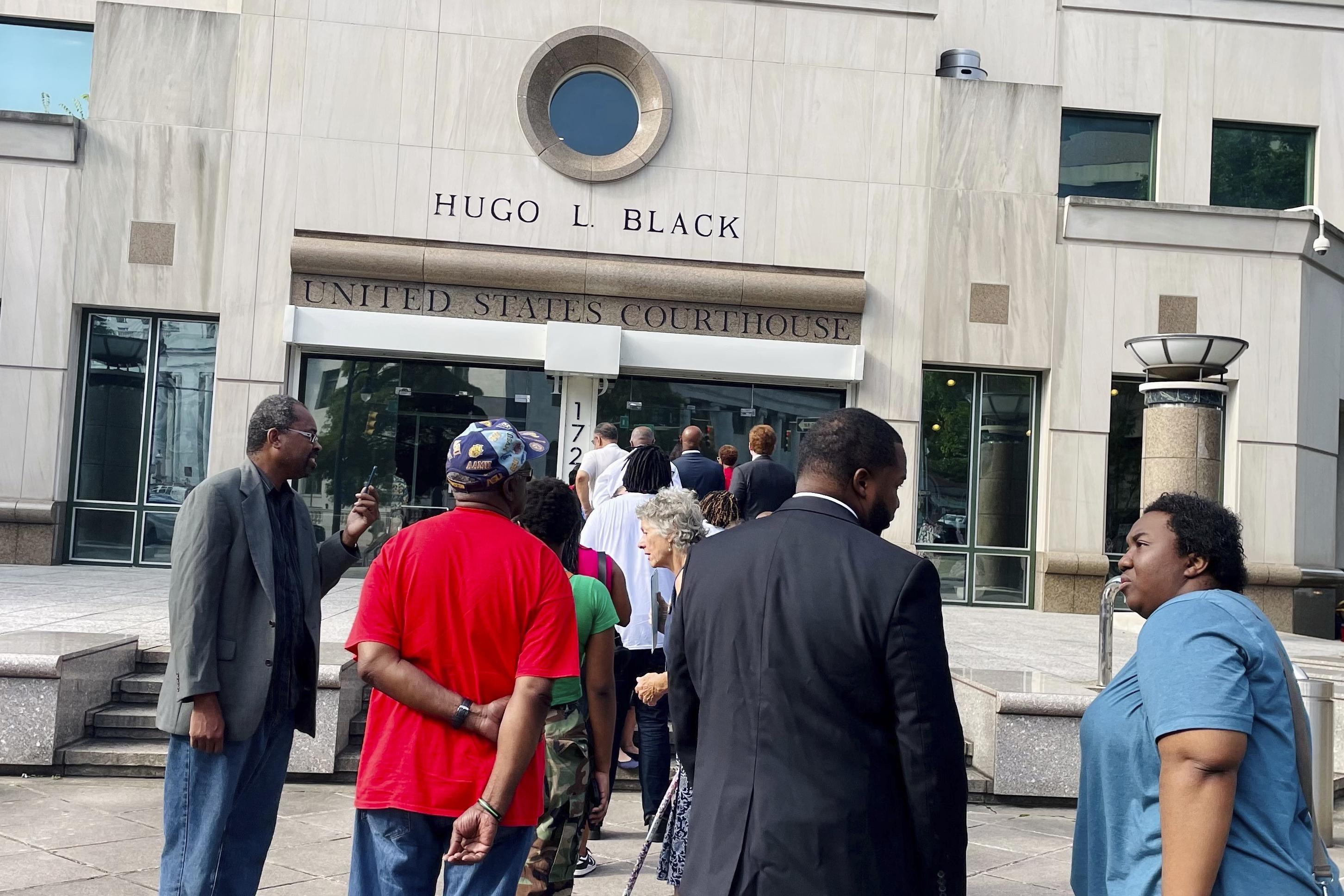The Supreme Court put the pen back in Republican legislators' hands to redraw the state's congressional map with a clear mandate: Make a second district that empowers Black voters.
Instead, lawmakers passed another map that only marginally increased Black voters' share in a second district.
Once again, the same three-judge panel reviewed Alabama's map. The state argued that this was a new map, passed along new rules, so the old order should not apply. Besides, the state said considering race when drawing the map would have been racial gerrymandering and therefore illegal.
The judges were not swayed. In their decision, they said they were "disturbed" by Alabama's actions and the state failing to "even nurture the ambition" to follow the court's Supreme Court-backed order.
This time, the judges decided not to give Alabama lawmakers another chance at mapmaking. The panel assigned a special master to work with a cartographer to deliver three potential maps. The Supreme Court rejected Alabama's request for an appeal.
While the plaintiffs largely supported two out of the three maps, the Alabama Democratic Conference said none of the options provided enough power for Black voters. Based on the party's analysis, a white candidate preferred by Black voters could win under any of the maps, but a Black candidate would struggle.
On Thursday, the judges decided to enforce the third map drawn by the special master. The map doesn't include a second majority-Black district. District 2 has a Black voting-age population of 48.7%. But it did outperform the other two choices, with the Black-preferred candidate winning 16 of the 17 previous elections, according to the special master's analysis.
How those projections hold up will be tested soon, with the map set to be used for the upcoming 2024 election.
In their ruling Thursday, the three-judge panel wrote that "this plan satisfies all constitutional and statutory requirements while hewing as closely as reasonably possible to the Alabama Legislature's 2023 Plan."




